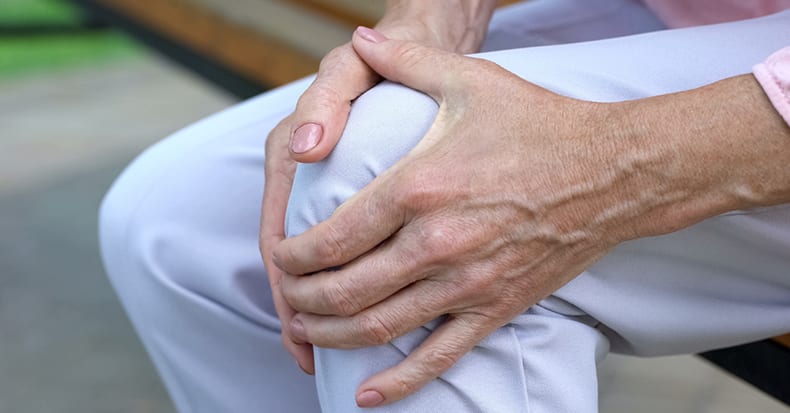In the face of musculoskeletal pain, it’s common to restrict activity. Unfortunately, doing so can weaken the muscles and joints in the affected area, which can prolong pain and elevate the risk for future injury. Patients with osteoarthritis of the knee often fall into this trap. So, what type of exercises are best for improving knee strength in the presence of knee osteoarthritis?
First, let’s define two types of muscle activity that can occur during exercise: eccentric and concentric. During a bench press, when you’re pushing the barbell upward, the muscles in the chest shorten in a concentric motion. As you lower the bar downward, your pectoralis muscles lengthen, which is an eccentric motion.
A 2019 study that involved 54 seniors with knee osteoarthritis investigated which of the two phases builds better strength for the knee – the concentric/muscle shortening phase or the eccentric/muscle lengthening phase of muscle activity. The participants were split into three groups: CNC RT (concentric resistance), ECC RT (eccentric resistance), or CON (control group – no exercise/wait-list group). The two exercise groups received four months of supervised exercise training using traditional weight machines with proper set-ups and instructions that emphasized the concentric or eccentric phase of the exercise.
Each week, participants completed questionnaires to measure knee pain and disability. The researchers also recorded the maximum weight each subject could lift with respect to knee flexion, knee extension, and the leg press.
The results showed that BOTH exercise groups experienced strength increases in comparison to the control group, with the eccentric resistance group achieving greater gains on the leg press and knee flexion exercises, but not for knee extension. Both exercise groups also reported less pain and disability than the control group. The authors concluded that both types of resistance training effectively improved leg strength, pain, and function, and they recommend that the mode an individual emphasizes should be based on personal preference, goals, tolerance, and equipment availability.
This study is a great example of the many benefits that exercise can offer for an elderly population suffering from knee osteoarthritis. Doctors of chiropractic often prescribe exercises for patients with knee pain in addition to providing manual therapies, modalities, orthotics (knee braces and foot orthotics), as well as dietary and nutritional counselling for inflammation reduction and pain management purposes. Before throwing in the towel and jumping to a total knee arthroplasty (replacement), you owe it to yourself to seek less invasive management strategies FIRST.
